Step by step instructions to Play Chess: Rules and Basics
Step by step instructions to Play Chess: Rules and Basics
It's never past the point where it is possible to figure out how to play chess - the most famous amusement on the planet! Taking in the guidelines of chess is simple:
Stage 1. Step by step instructions to Setup the Chessboard
Toward the start of the amusement the chessboard is laid out with the goal that every player has the white (or light) shading square in the base right-hand side. The chess pieces are then organized a similar way each time. The second line (or rank) is loaded with pawns. The rooks go in the corners, at that point the knights alongside them, trailed by the clerics, lastly the ruler, who dependably goes without anyone else coordinating shading (white ruler on white, dark ruler on dark), and the lord on the staying square.
Stage 2. How the Chess Pieces Move
Every one of the 6 various types of pieces moves in an unexpected way. Pieces can't travel through different pieces (however the knight can hop over different pieces), and can never move onto a square with one of their own pieces. Be that as it may, they can be moved to replace an adversary's piece which is then caught. Pieces are for the most part moved into positions where they can catch different pieces (via arriving on their square and after that supplanting them), shield their own particular pieces if there should arise an occurrence of catch, or control essential squares in the diversion.
The most effective method to Move the King in Chess
The lord is the most vital piece, yet is one of the weakest. The ruler can just move one square toward any path - up, down, to the sides, and corner to corner. The ruler may never move himself into check (where he could be caught). At the point when the ruler is assaulted by another piece this is called "check".
Instructions to Move the Queen in Chess
The ruler is the most capable piece. She can move in any one straight bearing - forward, in reverse, sideways, or slantingly - beyond what many would consider possible as long as she doesn't travel through any of her own pieces. Furthermore, as with all pieces, if the ruler catches an adversary's piece her turn is finished. Notice how the white ruler catches the dark ruler and after that the dark lord is compelled to move.
The most effective method to Move the Rook in Chess
The rook may move the extent that it needs, however just forward, in reverse, and to the sides. The rooks are especially intense pieces when they are ensuring each other and cooperating!
The most effective method to Move the Bishop in Chess
The minister may move the extent that it needs, yet just corner to corner. Every minister begins on one shading (light or dim) and should dependably remain on that shading. Clerics function admirably together in light of the fact that they conceal each other's shortcomings.
Step by step instructions to Move the Knight in Chess
Knights move in an altogether different manner from alternate pieces – going two squares in a single bearing, and after that one more move at a 90 degree point, much the same as the state of a "L". Knights are additionally the main pieces that can move over different pieces.
Step by step instructions to Move the Pawn in Chess
Pawns are unordinary on the grounds that they move and catch in various ways: they push ahead, however catch corner to corner. Pawns can just push ahead one square at any given moment, with the exception of their first move where they can advance two squares. Pawns can just catch one square slantingly before them. They can never move or catch in reverse. On the off chance that there is another piece straightforwardly before a pawn he can't move past or catch that piece.
Stage 3. Find the Special Rules of Chess
There are a couple of uncommon decides in chess that may not appear to be intelligent at first. They were made to make the amusement more fun and intriguing.
The most effective method to Promote a Pawn in Chess
Pawns have another exceptional capacity and that will be that if a pawn achieves the opposite side of the board it can turn out to be some other chess piece (called advancement). A pawn might be elevated to any piece. A typical confusion is that pawns may just be traded for a piece that has been caught. That isn't valid. A pawn is typically elevated to a ruler. Just pawns might be advanced.
The most effective method to do "en passant" in Chess
The last run about pawns is called "en passant," which is French for "in passing". In the event that a pawn moves out two squares on its first move, and by doing as such terrains to the side of an adversary's pawn (viably bouncing past the other pawn's capacity to catch it), that other pawn has the choice of catching the principal pawn as it cruises by. This extraordinary move must be done quickly after the principal pawn has moved past, generally the alternative to catch it is never again accessible. Navigate the case underneath to better comprehend this odd, however imperative run the show.
The most effective method to Castle in Chess
One other exceptional chess manage is called castling. This move enables you to complete two imperative things across the board move: get your ruler to security (ideally), and get your rook out of the corner and into the diversion. On a player's turn he may move his ruler two squares over to the other side and afterward move the rook from that side's corner to ideal alongside the lord on the contrary side. (See the case underneath.) However, keeping in mind the end goal to château, the accompanying conditions must be met:
it must be that ruler's first move
it must be that rook's first move
there can't be any pieces between the lord and rook to move
the lord may not be under wraps or go through check
Notice that when you palace one heading the ruler is nearer to the side of the board. That is called castling "kingside". Castling to the opposite side, through where the ruler sat, is called castling "queenside". Despite which side, the ruler dependably moves just two squares when castling.
Stage 4. Discover Who Makes the First Move in Chess
The player with the white pieces dependably moves first. Along these lines, players by and large choose who will get the chance to be white by shot or fortunes, for example, flipping a coin or having one player figure the shade of the concealed pawn in the other player's hand. White at that point makes a move, trailed by dark, at that point white once more, at that point dark et cetera until the finish of the amusement. Having the capacity to move initially is a modest favorable position which gives the white player a chance to assault immediately.
Stage 5. Survey the Rules of How to Win a Game of Chess
There are two approaches to end a session of chess: by checkmate, or with a draw.
The most effective method to Checkmate in Chess
The motivation behind the amusement is to checkmate the rival's above all else. This happens when the lord is put into look at and can't get of check. There are just three ways a lord can escape check: move off the beaten path (however he can't stronghold!), obstruct the check with another piece, or catch the piece undermining the ruler. On the off chance that a lord can't escape checkmate then the amusement is finished. Usually the ruler isn't caught or expelled from the board, the amusement is basically pronounced over.
Instructions to Draw a Chess Game
At times chess amusements don't end with a champ, yet with a draw. There are 5 reasons why a chess amusement may end in a draw:
The position achieves a stalemate where it is one player's swing to move, however his ruler isn't under control but then he doesn't have another legitimate move
The players may essentially consent to a draw and quit playing
There are insufficient pieces on the board to compel a checkmate (case: a ruler and a diocesan vs.a lord)
A player proclaims a draw if the same correct position is rehashed three times (however not really three times in succession)
Fifty continuous moves have been played where neither one of the players has moved a pawn or caught a piece
Stage 6. Concentrate Basic Chess Strategies
There are four basic things that each chess player should know:
Ensure your King
Get your ruler to the edge of the board where he is typically more secure. Try not to put off castling. You ought to normally manor as fast as could be expected under the circumstances. Keep in mind, it doesn't make a difference that you are so near checkmating your rival if your own particular lord is checkmated first!
Try not to Give Pieces Away
Don't heedlessly lose your pieces! Each piece is profitable and you can't win a diversion without pieces to checkmate. There is a simple framework that most players use to monitor the relative estimation of every chess piece. What amount are the chess pieces worth?
A pawn is worth 1
A knight is worth 3
A priest is worth 3
A rook is worth 5
A ruler is worth 9
The ruler is boundlessly significant
Toward the finish of the amusement these focuses don't mean anything – it is essentially a framework you can use to settle on choices while playing, helping you know when to catch, trade, or make different moves.
Control the Center of the Chessboard
You should attempt and control the focal point of the board with your pieces and pawns. On the off chance that you control the inside, you will have more space to move your pieces and will make it harder for your adversary to discover great squares for his pieces. In the case above white makes great moves to control the middle while dark plays terrible moves.
Utilize All of your Chess Pieces
In the case above white got the majority of his pieces in the amusement! Your pieces don't do any great when they are sitting back on the main column. Attempt and build up the majority of your pieces so you have more to utilize when you assault the ruler. Utilizing maybe a couple pieces to assault won't conflict with any better than average adversary.
Stage 7. Practice by Playing Lots of Games
The most essential thing you can improve at chess is to play bunches of chess! It doesn't make a difference on the off chance that you play at home with companions or family, or play on the web, you need to play the diversion a great deal to move forward. Nowadays it's anything but difficult to locate a session of chess on the web! Snap here for where to play chess.
The most effective method to Play Chess Variants
While the vast majority play standard chess leads, a few people get a kick out of the chance to play chess with changes to the guidelines. These are called "chess variations". Every variation has its own principles.
Step by step instructions to Play Chess960
Chess960 takes after every one of the tenets of standard chess, aside from the beginning position of pieces on the back rank, which are put arbitrarily in one of 960 conceivable positions. Castling is done simply like in standard chess, with the King and Rook arriving on their ordinary castled squares (g1 and f1, or c1 and d1). 960 plays simply like standard chess, however with more assortment in the opening.
Step by step instructions to Play with Chess Tournament Rules
Numerous competitions take after an arrangement of normal, comparative guidelines. These standards don't really apply to play at home or on the web, however you might need to rehearse with them in any case.
Contact move - If a player contacts one of their own pieces they should move that piece as long as it is a lawful move. On the off chance that a player contacts an adversary's piece, they should catch that piece. A player who wishes to contact a piece just to modify it on the board should first declare the aim, more often than not by saying "alter".
Tickers and Timers - Most competitions utilize clocks to control the time spent on each amusement, not on each move. Every player gets a similar measure of time to use for their whole amusement and can choose how to invest that energy. Once a player makes a move they at that point contact a catch or hit a lever to begin the rival's clock. On the off chance that a player comes up short on time and the rival calls the time, at that point the player who came up short on time loses the amusement (unless the adversary does not have enough pieces to checkmate, in which case it is a draw).
Regularly Asked Chess Questions (FAQs)
How improve at chess?
Knowing the guidelines and fundamental procedures is just the start - there is such a long way to go in chess that you can never learn everything in a lifetime! To enhance you have to complete three things:
Play heaps of chess — Just continue playing! Play however much as could reasonably be expected. You ought to gain from each diversion – those you win and those you lose.
Concentrate with chess lessons — If you truly need to enhance immediately then you ought to do some online chess lessons. You can discover online chess lessons here.
Have some good times — Don't get demoralized on the off chance that you don't win the majority of your amusements immediately. Everybody loses – even title holders. For whatever length of time that you keep on having fun and gain from the diversions you lose then you can appreciate chess until the end of time!
What is the best first move in chess?
While there is nobody settled upon best move in chess, it's essential to attempt to control the inside immediately. This typically brings about most players playing one of their focal pawns (before lord or ruler) forward two squares with either 1. d4 or 1. e4. Some different players lean toward 1. c4 or 1. Nf3. Most different moves are not as great. Bobby Fischer trusted that moving the ruler pawn 1. e4 was ideal.
Which shading begins in chess?
The player with the white pieces dependably moves first.
Can a pawn move in reverse?
Pawns can't move in reverse. Be that as it may, when a pawn gets to the opposite side of the board you should elevate it to another piece, (for example, a ruler). At that point it moves simply like that piece, and can move in reverse.
Would you be able to move in excess of one piece at any given moment in chess?
You can just move one chess piece when the ball is in your court to move - with one special case! When you château, you move both the ruler and the rook in one move.
Which is the most imperative chess piece?
The ruler is the most vital chess piece. In the event that you lose the ruler, you lose the diversion. Yet, the ruler is the most effective chess piece.
At the point when was chess developed?
The beginnings of chess are not precisely clear, however most trust it advanced from before chess-like diversions played in India just about two thousand years ago.The session of chess we know today has been around since the fifteenth century where it ended up prevalent in Europe.
What is the objective of chess?
Chess is an amusement played between two rivals on inverse sides of a board containing 64 squares of substituting hues. Every player has 16 pieces: 1 lord, 1 ruler, 2 rooks, 2 clerics, 2 knights, and 8 pawns. The objective of the diversion is to checkmate the other lord. Checkmate happens when the lord is in a situation to be caught (under wraps) and can't escape from catch.
Prepared to begin playing chess?
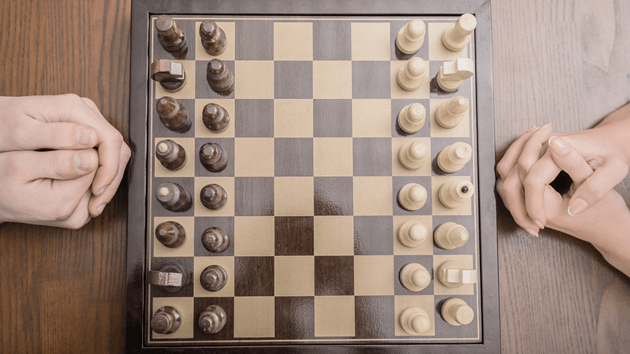
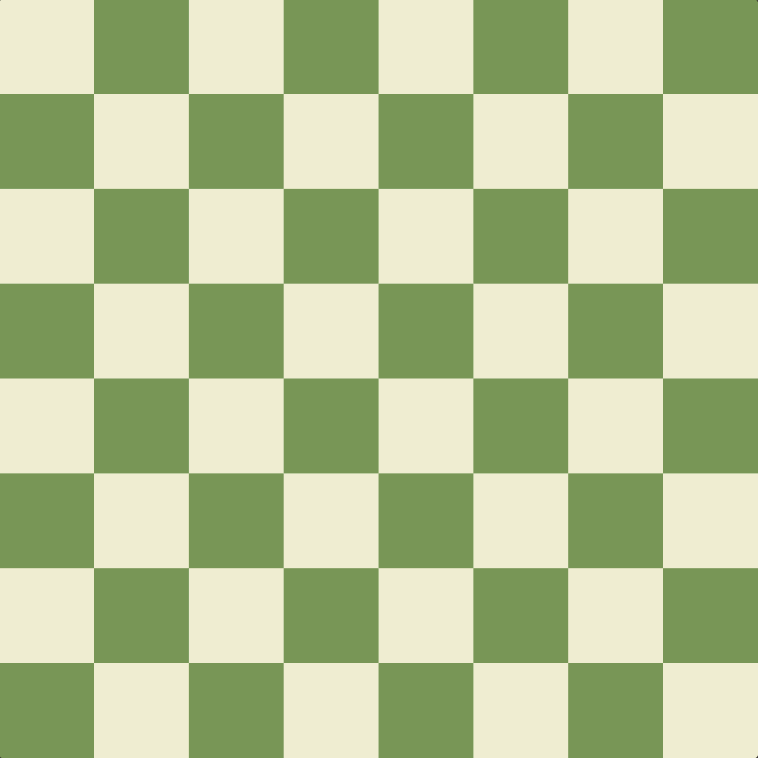
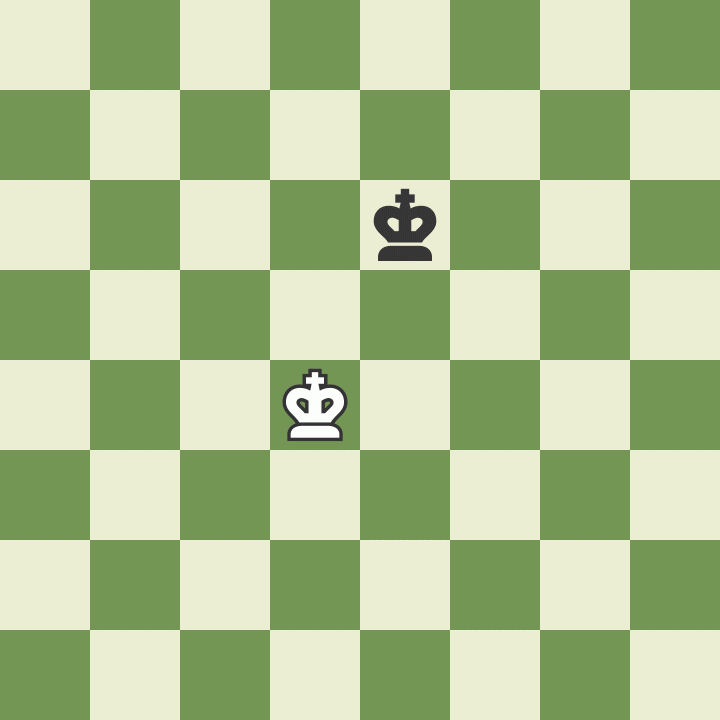
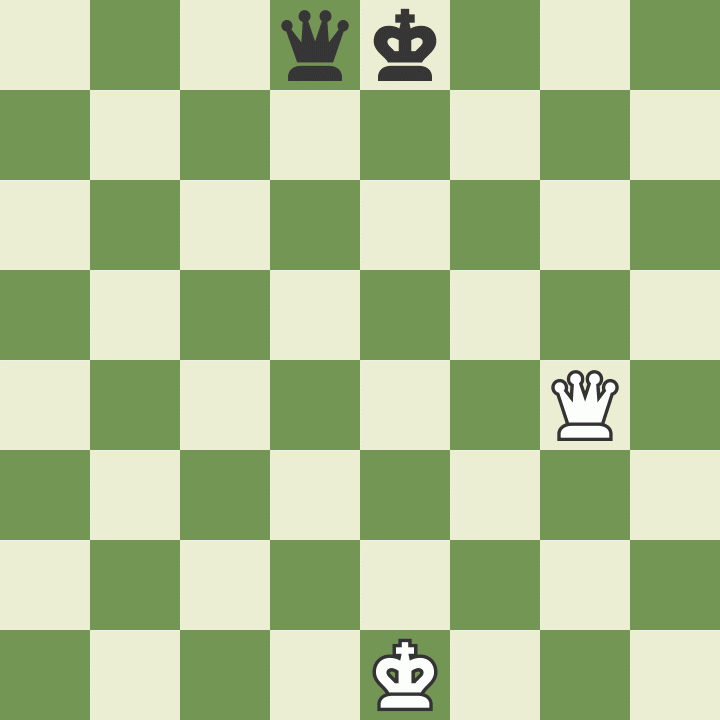
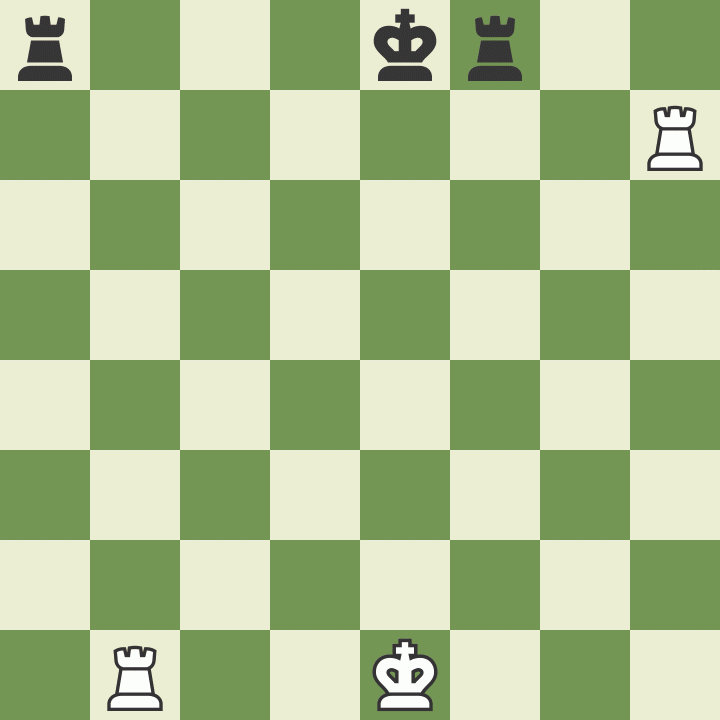
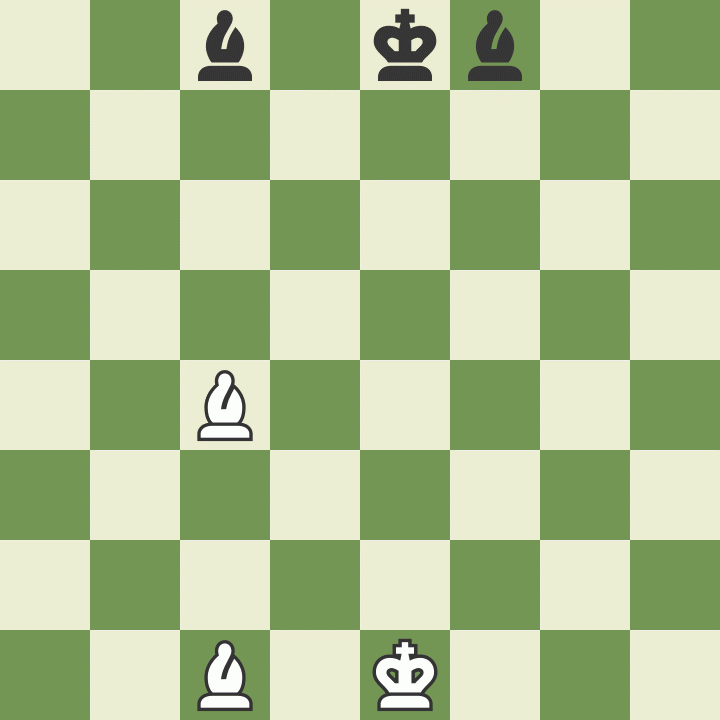
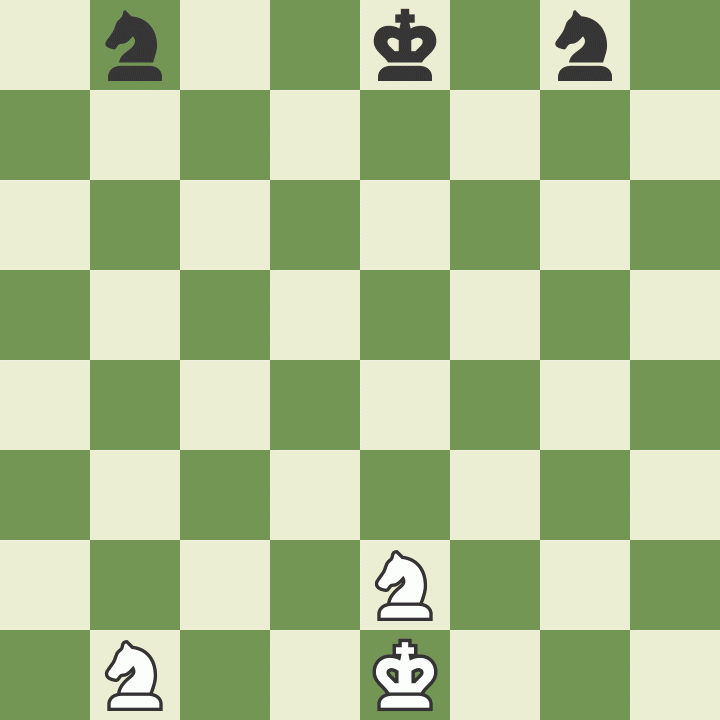
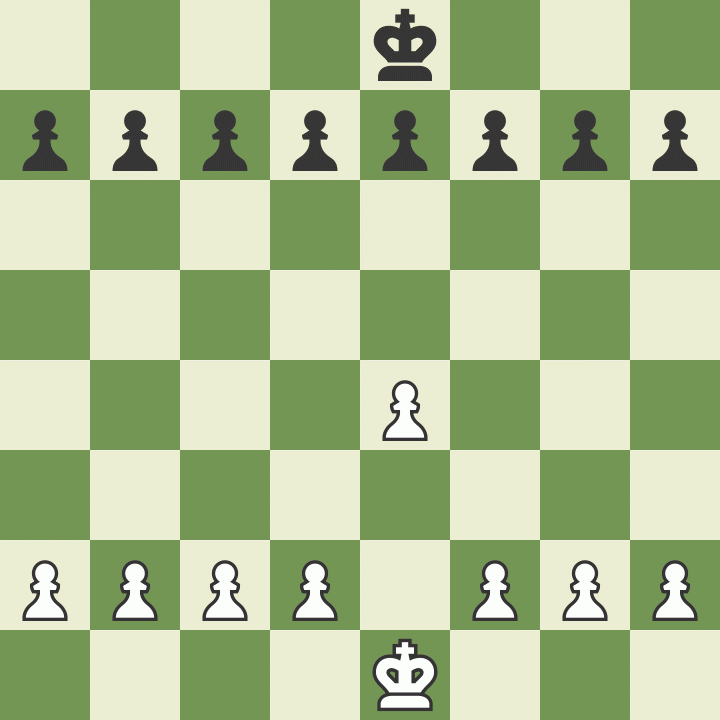
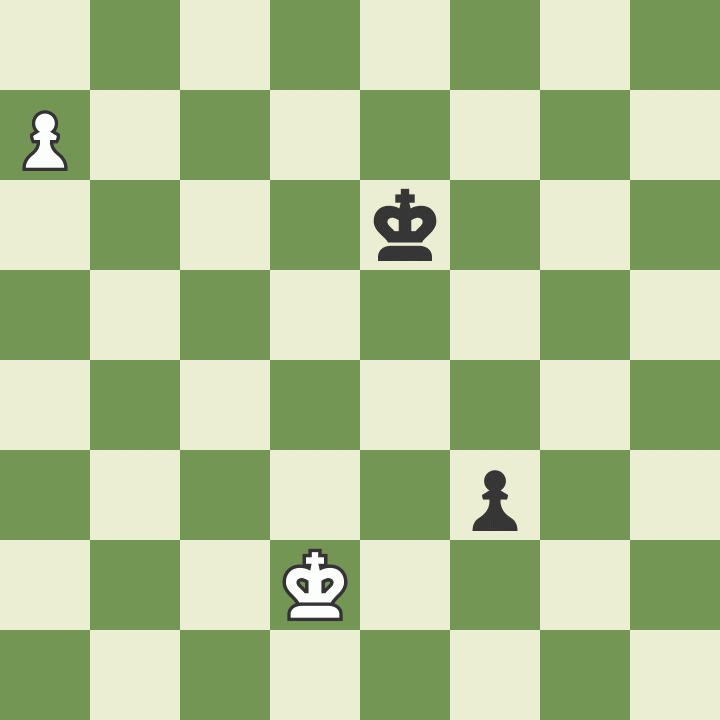
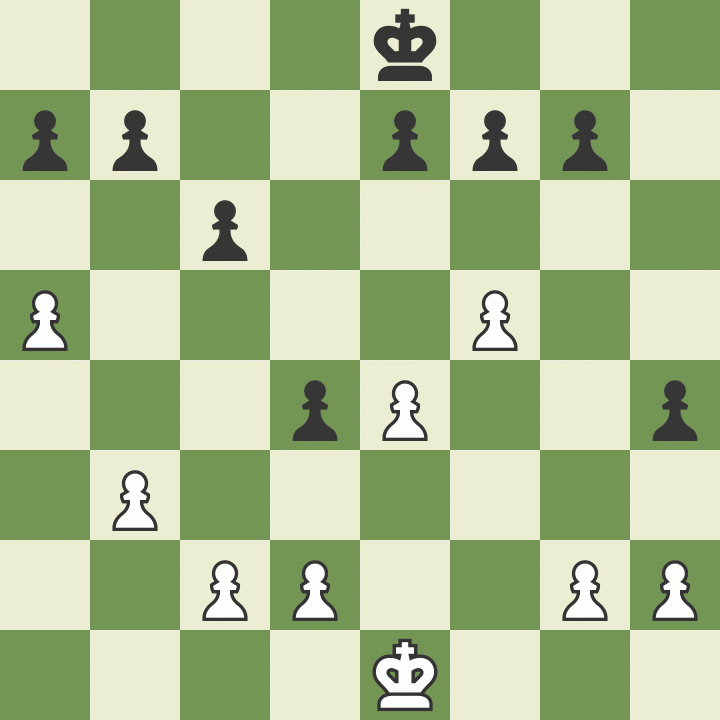
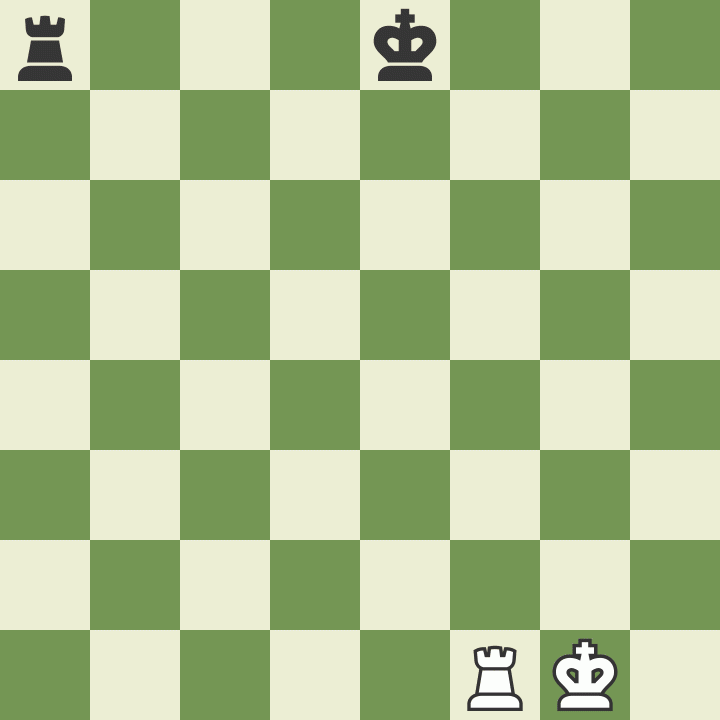
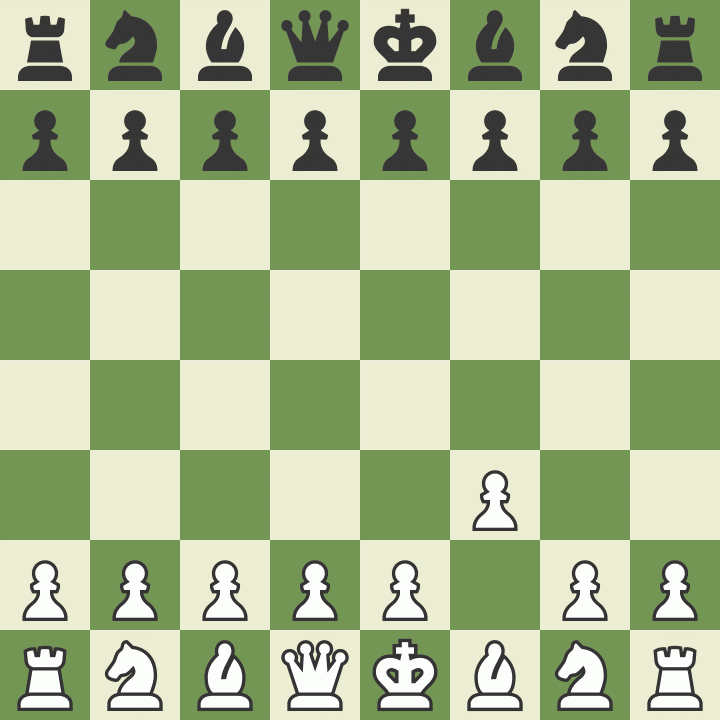
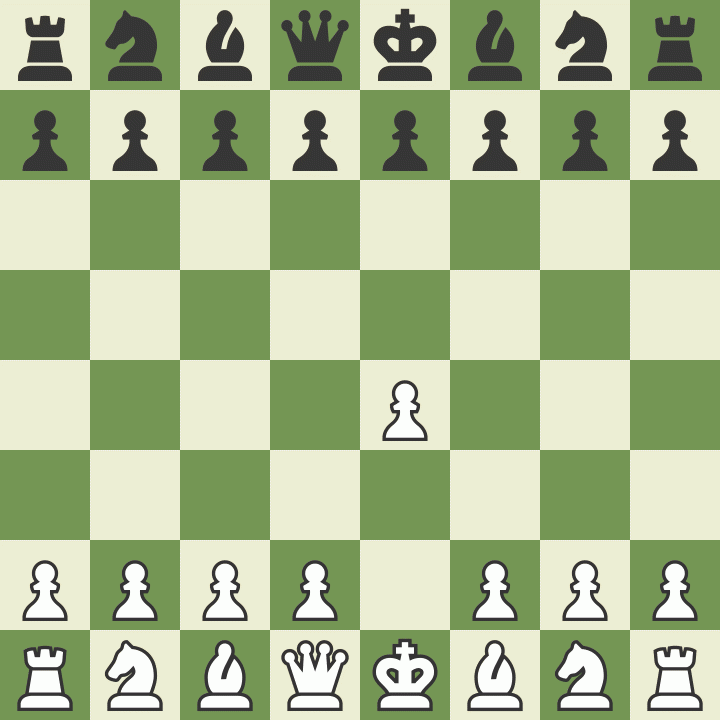


HI! You may consider to join our weekly tournaments here:
https://steemit.com/chess/@schamangerbert/steem-blitz-chess-tournament-june-02nd-2018-and-the-winner-is-video-commentary-by-schamangerbert
Thank You dear. @schamangerbert
This is very nice, I'd do my best to promote this...
Thank You dear @anonymee